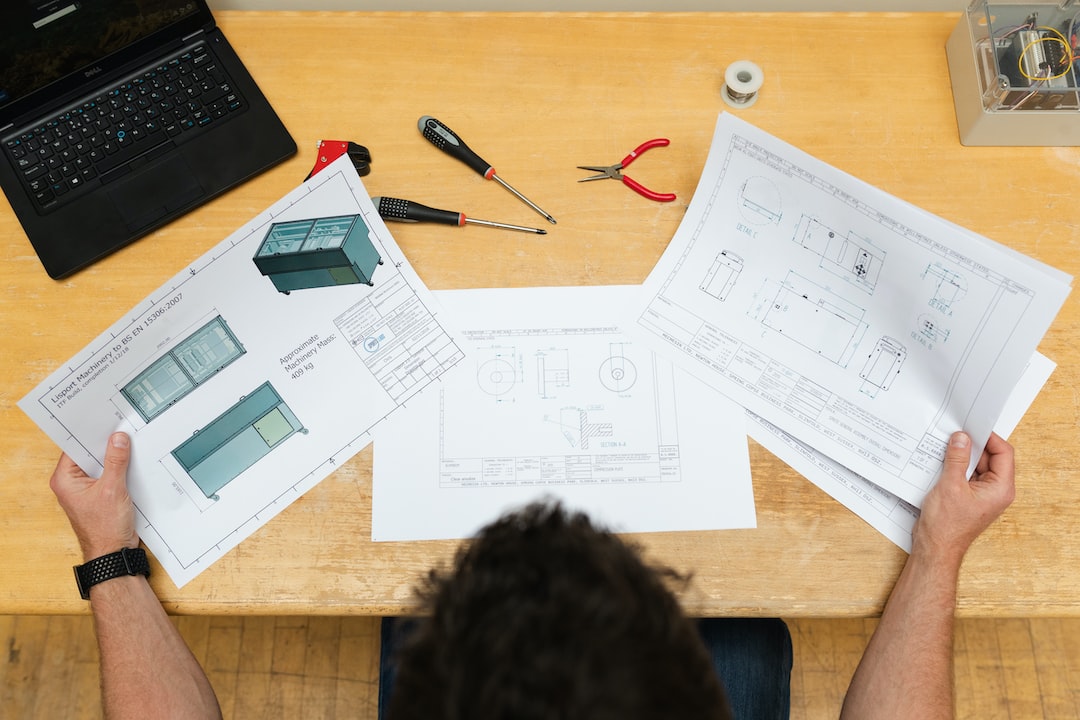The Role of 3D Printing in Engineering Design
In recent years, 3D printing has revolutionized the field of engineering design. This innovative technology has completely transformed the way engineers conceptualize, create, and test their designs, making the process faster, more cost-effective, and ultimately more efficient. From rapid prototyping to advanced manufacturing, 3D printing has become an indispensable tool in the modern engineer’s toolkit.
One of the greatest advantages of 3D printing in engineering design is its ability to rapidly produce prototypes. Traditional prototyping methods often take weeks or even months, as engineers typically need to rely on outside manufacturers to create physical models. With 3D printing, engineers can have a prototype in a matter of hours or days, allowing for faster design iterations and ultimately reducing time to market. This rapid prototyping capability has shortened product development cycles and has empowered engineers to experiment and test different design ideas quickly and easily.
Furthermore, 3D printing enables engineers to create complex geometries that were previously unattainable using traditional manufacturing methods. The additive nature of 3D printing allows for the creation of intricate designs with internal features, such as honeycomb structures or lattice frameworks, which can greatly enhance the performance of a product. This freedom of design opens up a whole new realm of possibilities for engineers, enabling them to create more efficient and optimized designs.
Another significant advantage of 3D printing in engineering design is cost savings. With traditional manufacturing methods, creating custom parts or small production runs can be extremely costly, as molds and tooling need to be created. These costs are significantly reduced with 3D printing, as it eliminates the need for expensive molds and tooling. Engineers can directly print the required parts, reducing material waste and minimizing production overheads. This cost savings not only benefits large-scale manufacturers but also empowers small businesses and startups to bring their innovative ideas to life without breaking the bank.
Moreover, 3D printing allows for efficient use of materials, which is crucial in sustainable engineering design. Traditional manufacturing methods often generate a significant amount of waste material, as parts are often milled or cut from larger blocks. 3D printing, on the other hand, builds objects layer by layer, minimizing material waste. Additionally, the ability to use recycled or eco-friendly materials in 3D printing contributes to a more sustainable manufacturing process. As the world increasingly emphasizes the importance of sustainability, 3D printing provides engineers with a tool to create environmentally friendly designs.
Furthermore, 3D printing enables engineers to create functional prototypes that closely mimic the final product. This allows for better testing and validation of the design before committing to expensive production runs. Engineers can stress test parts, evaluate their functionality, and gather valuable feedback in the early stages of the design process. This iterative approach to design ensures that the final product meets the required specifications and performs reliably in real-world scenarios.
In addition to prototyping, 3D printing has also emerged as a viable method for low-volume production. It offers an alternative to traditional manufacturing methods for producing small batches of customized or niche products. Small businesses and startups can leverage 3D printing to manufacture products on-demand, avoiding high initial setup costs associated with traditional manufacturing. This flexibility in production allows for more agile business models, responsive to changing customer demands.
It is important to note that while 3D printing has transformed engineering design in numerous ways, it is not a panacea for all manufacturing needs. There are still limitations to the technology, such as size constraints, material limitations, and longer print times for larger objects. However, as 3D printing continues to evolve and advance, these limitations are being addressed, opening up even more possibilities for engineering design.
In conclusion, 3D printing has revolutionized engineering design by enabling rapid prototyping, freedom of design, cost savings, sustainable manufacturing, and efficient testing. It has become an essential tool for engineers, empowering them to bring their ideas to life faster, with greater precision and at a reduced cost. As the technology continues to advance, it is likely to play an even more significant role in shaping the future of engineering design.

